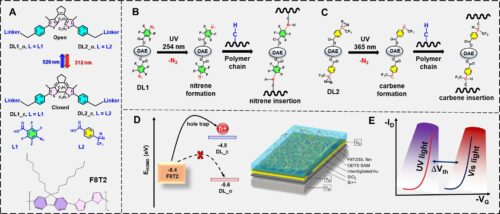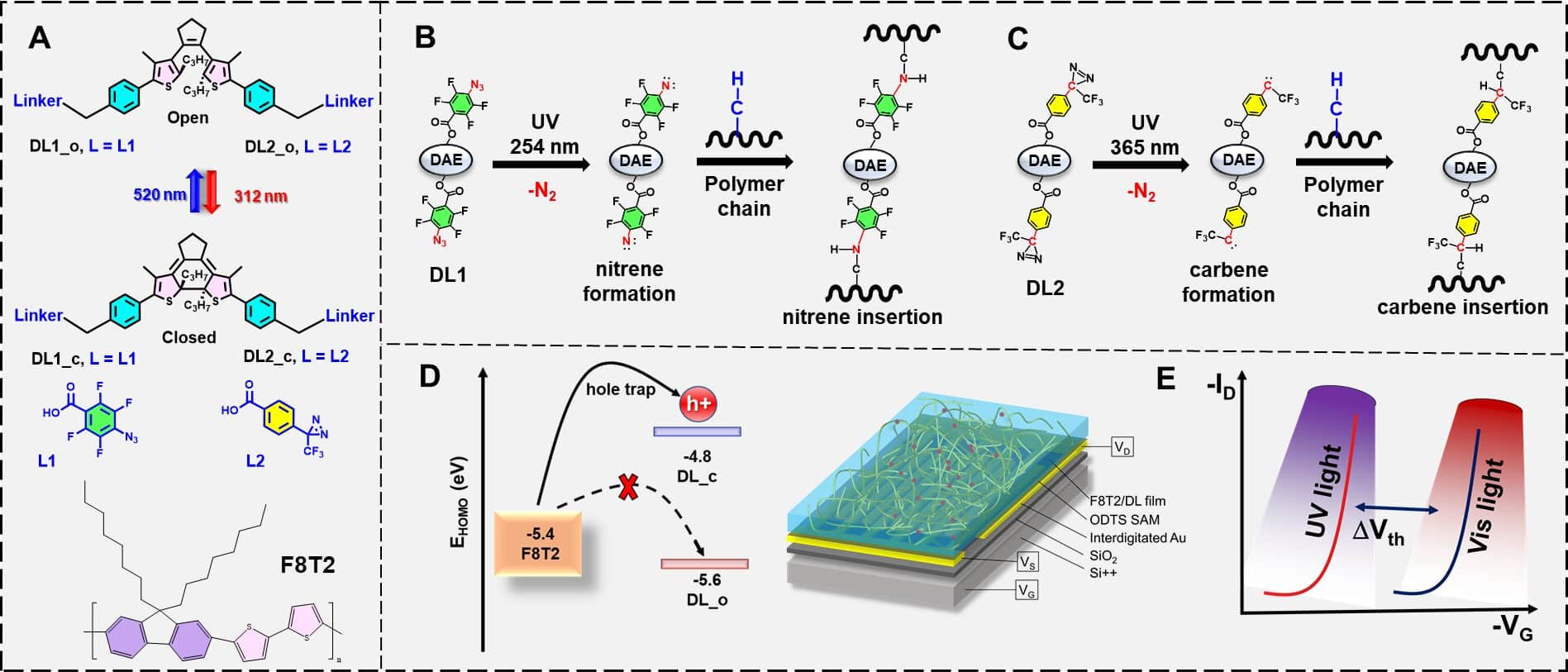Advances In Memory Transistor Technology
The latest in memory transistor technology improves data storage and processing, affecting areas like microelectronics and optoelectronics.

A research group from Pohang University of Science and Technology has created a memory transistor that can modify its threshold voltage. This new development involves a combination of two molecules that establish a stable bond with a polymeric semiconductor, positioned at the tip of a molecular switch. This research was recently highlighted in the online version of Advanced Science.
Molecular switches in these devices manipulate electrical signals by using the conversion properties of various organic molecular isomers. When these switches are integrated into field-effect transistors (FETs), they control the flow of electrons on a molecular level.
However, the application of molecular switch-based FETs, especially in organic FETs (OFETs), has been limited due to the molecules acting as switches not effectively serving as deep traps to capture and store electrons within the semiconductor layer.
Addressing this issue, the research team introduced a novel concept known as a “photonic bridge.” This technique involves a light-activated chemical bond between a molecular switch and a polymeric organic semiconductor. At one end of the molecular switch, which includes diarylethene (DAE), they combined azide and diazirine groups. Upon exposure to light, these groups form a chemical bond with the organic polymer semiconductor, thus stabilizing the typically unstable closed isomer of DAE in a deeply trapped state.
The experimental OFETs, which incorporated the DAE compounds devised by the team, displayed remarkable durability, maintaining stable deep-trap states for over a million seconds. They also exhibited superior photo programmable on-off switching ratios exceeding 1,000 at 22 V, along with excellent storage performance, maintaining stability over more than 100 cycles.
Additionally, the OFETs feature precise patterning through photocrosslinking, allowing for detailed control over the structure of the semiconductor layer. The team sees potential applications for their innovations in fields such as microelectronics and optoelectronics.
The research opens up new opportunities in the field of memory transistors, significantly influencing data storage and processing technologies. It promises to drive innovation across various disciplines, extending well beyond the realm of transistors.
Reference: Syed Zahid Hassan et al, Photophore‐Anchored Molecular Switch for High‐Performance Nonvolatile Organic Memory Transistor, Advanced Science (2024). DOI: 10.1002/advs.202401482



